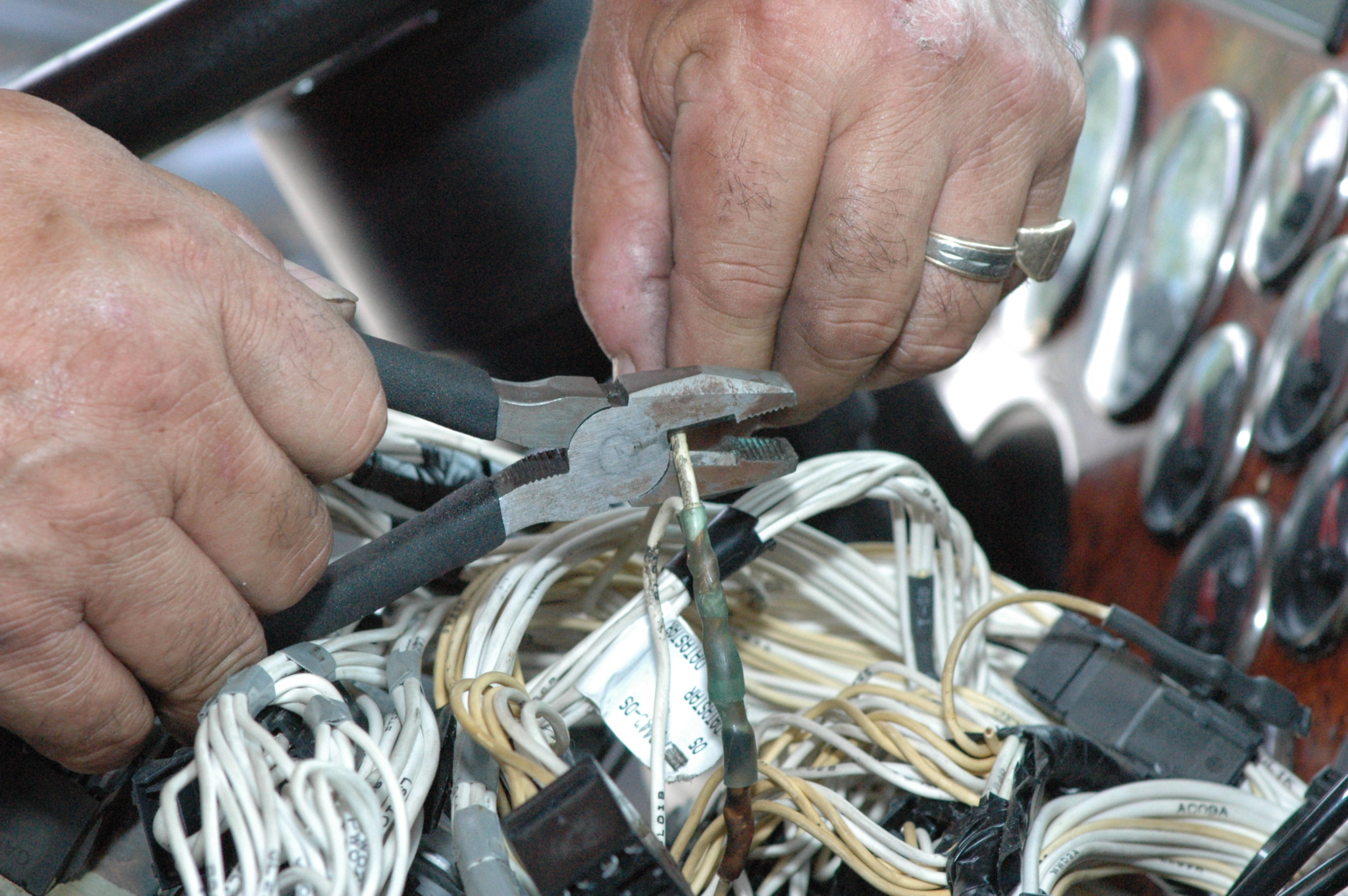Leading Tips for Effective Electrical System Troubleshooting
Troubleshooting electric systems requires a methodical technique, based in a detailed understanding of electric concepts and security protocols. By familiarizing oneself with circuit components, using vital tools, and adhering to an organized assessment approach, experts can effectively determine and resolve issues. The subtleties of effective repairing prolong beyond plain technical knowledge; recognizing exactly how to document searchings for and focus on safety can substantially affect end results. As we discover these important aspects better, it becomes clear that understanding this procedure is not simply advantageous however necessary for success in the area.
Understand the Essentials
Comprehending the fundamentals of electrical systems is necessary for efficient troubleshooting, as a solid structure enables service technicians to identify and settle problems extra effectively. A detailed understanding of electrical principles, such as voltage, existing, resistance, and power, is vital in recognizing the origin of issues. Voltage is the electrical potential difference that drives present with a circuit, while resistance opposes the flow of current, influencing the general performance of the system.
Familiarity with circuit elements, consisting of resistors, capacitors, diodes, and changes, is likewise paramount. Each part plays a distinct duty in circuit habits and can affect efficiency when malfunctioning. Additionally, comprehending collection and parallel circuit setups is vital, as these setups affect the circulation of voltage and present within the system.
Additionally, knowledge of safety and security protocols is indispensable. Specialists should be mindful of potential threats, such as shock and short circuits, to execute safe troubleshooting techniques. By grasping these foundational principles, specialists enhance their capacity to perform effective diagnostics and repair work, ultimately resulting in boosted efficiency and integrity of electric systems. This foundational knowledge is the keystone of effective repairing ventures.
Gather Necessary Equipment
Efficient troubleshooting of electric systems needs the best collection of devices to detect and deal with concerns accurately. Crucial tools consist of a multimeter, which measures voltage, current, and resistance, permitting for exact assessments of electrical parts.
Furthermore, shielded hand tools such as screwdrivers, pliers, and cable strippers are crucial for securely controling electric links. It is likewise a good idea to have a circuit tester accessible to confirm the presence of voltage in electrical outlets and wires. For more complicated systems, a thermal imaging electronic camera can assist discover overheating parts, indicating potential failings.

Comply With a Systematic Strategy
Having collected the proper tools, the following action in fixing electrical systems is to comply with a methodical strategy. A systematic approach makes certain that technicians can recognize mistakes successfully and accurately, lessening downtime and avoiding unnecessary repair work.
Begin by evaluating the system's schematic layouts and specs. This entails monitoring each component systematically, beginning from the power resource and functioning in the direction of the load.
Utilize screening devices, such as multimeters and oscilloscopes, to gather objective data regarding voltage, current, and resistance at various points within the system. This empirical evidence will certainly lead your troubleshooting efforts and help to verify or remove possible root causes of failure.
Furthermore, think about environmental aspects that may influence the system's performance, such as temperature level changes or wetness access. A comprehensive inspection of circuitry, links, and components will certainly guarantee that all opportunities are accounted for.
File Your Findings
Detailed paperwork is necessary in the troubleshooting procedure of electrical systems. discover this info here Accurate documents enhance the performance of determining reoccuring concerns and promote interaction among employee. Each searching for needs to be carefully kept in mind, consisting of symptoms observed, tests performed, and the results of those tests. electrical system troubleshooting. This technique not just help in understanding the source of the problem yet additionally works as a recommendation for future fixing initiatives.

Additionally, preserving a log of Click This Link parts replaced or repairs performed is vital. This info sustains stock administration and can help analyze the long life and reliability of details elements.
Eventually, the documentation process must be comprehensive yet concise, enabling simple access and review - electrical system troubleshooting. By focusing on detailed documents, technicians can develop a beneficial expertise base that not only help in current troubleshooting yet also encourages future maintenance initiatives, consequently boosting general system dependability

Prioritize Precaution
Acknowledging the intrinsic risks connected with electric systems is important for making sure safety and security during troubleshooting. Electrical shock, burns, and tools damage are just a few of the prospective threats that technicians encounter. Focusing on precaution is not only a legal responsibility however also an ethical crucial that safeguards both the specialist and the surrounding setting.
Before starting any kind of troubleshooting task, professionals ought to wear ideal personal safety equipment (PPE), consisting of protected gloves, safety glasses, and flame-resistant clothing. Making sure that the work area is dry and devoid of mess can significantly lower the threat of crashes. It is essential to de-energize circuits prior to beginning any work, verifying that they are not live with the use of a multimeter or voltage directory tester.
Establishing clear interaction methods with employee is additionally vital; this makes sure that every person recognizes prospective dangers and the status of the electric system being serviced. Last but not least, having an emergency action plan in place can confirm very useful in case of a case. By prioritizing precaution, professionals can successfully mitigate dangers and cultivate a much safer workplace.
Verdict
Effective electric system troubleshooting depends on a thorough understanding of fundamental principles and a systematic technique. By collecting vital tools, sticking to systematic analysis methods, and thoroughly recording findings, the repairing procedure becomes a lot more reliable and reputable. Focusing on security steps makes sure the well-being of individuals entailed and the integrity of the electric system. Applying these approaches will certainly boost the fixing experience, bring about quicker resolutions and boosted operational performance in electrical systems.